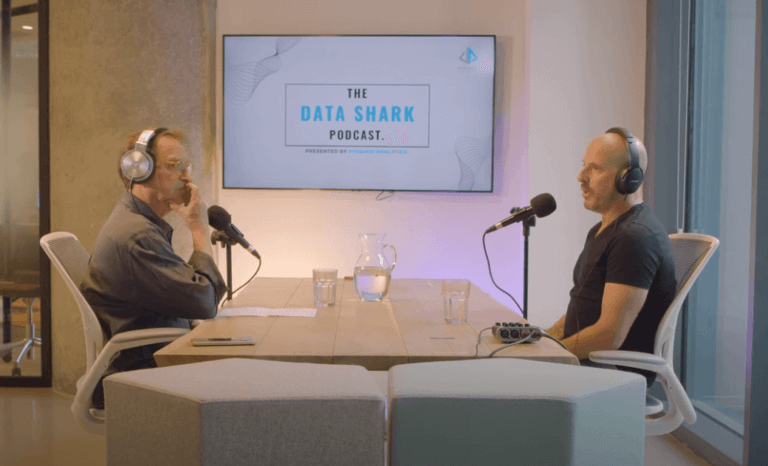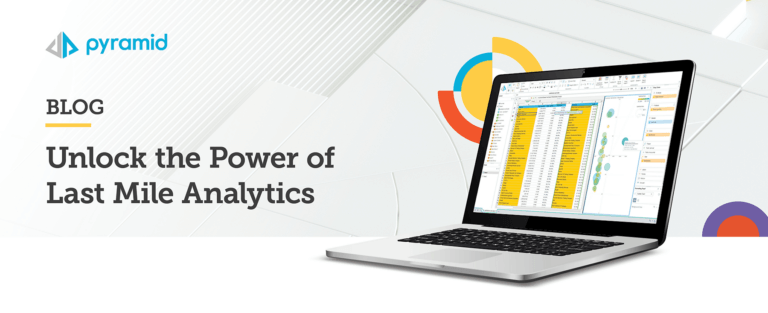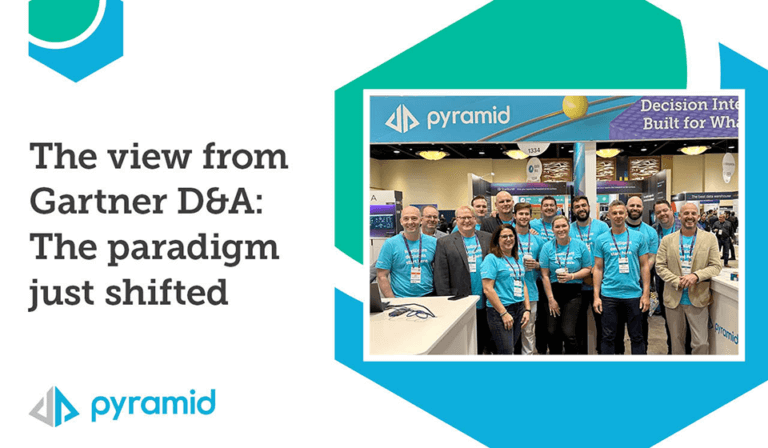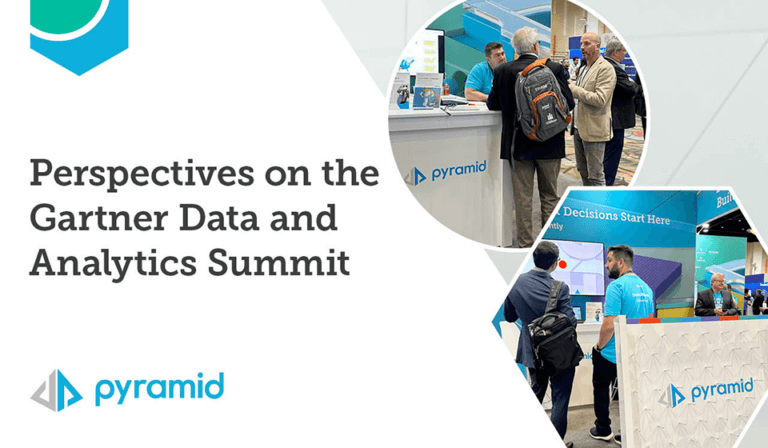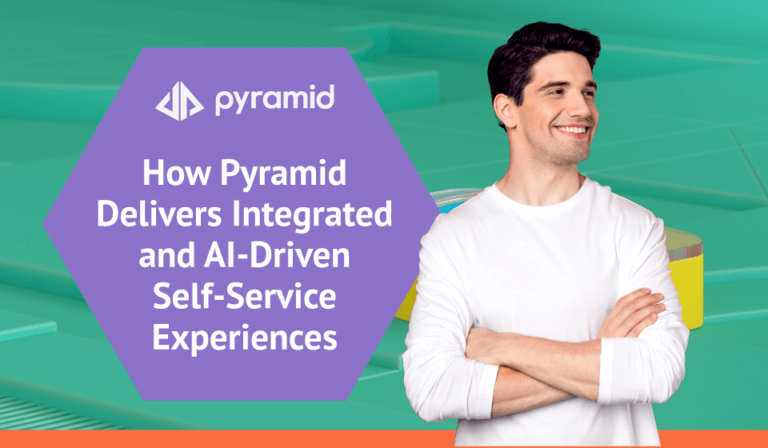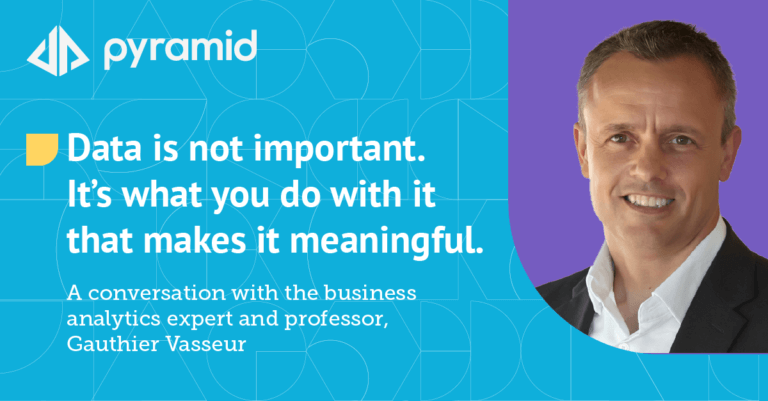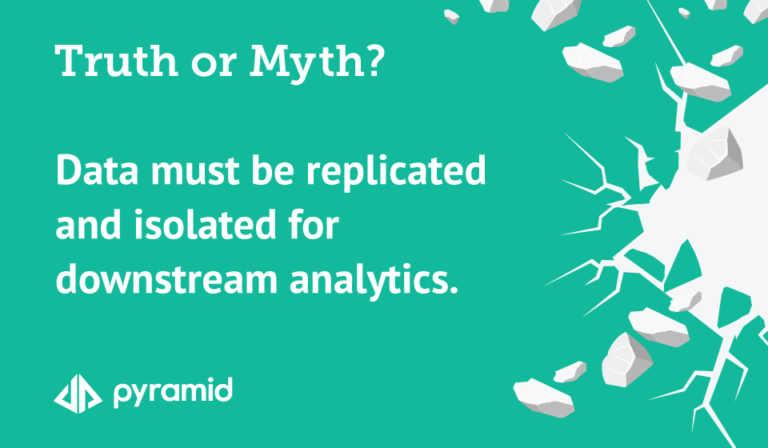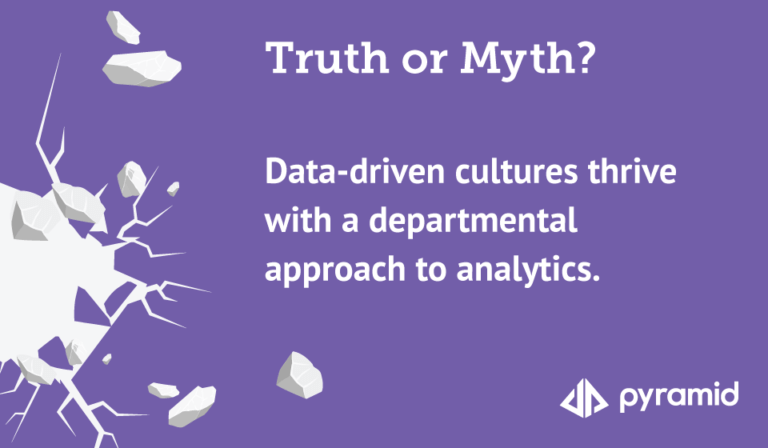Originally published on Business of Data. Republished here with permission.
James Calvert learned one of his most important lessons about data from an unlikely source: a group of actors.
He met them while he was working for advertising agency WPP, which had enlisted the thespians for a course to demonstrate the importance of great storytelling. They taught him that even a genius idea is doomed if you fail to tell a story about it.
“You might not dramatize the problem enough, the data you use to show it might be an ugly chart, or maybe the charts are difficult to read,” says Calvert, who is now Chief Data Strategy Officer at M&C Saatchi London. “And it will go nowhere.”
It is no longer enough for data leaders to cleanse and model data. They must also learn to use the results to weave compelling narratives that inspire action from colleagues, partners and clients.
“You need to take them on a journey,” says Eddie Short, CDAO and Director of Data, Insights and Analytics at Telefonica UK. “The greatest model or the greatest algorithm is not a lot of use unless you’re clear what the problem is you’re solving.”
At the same time, it’s becoming increasingly important for staff who specialize in other areas to be data literate. Some enterprises are already meeting that need with programs to teach data skills. And in future, we could start to see more new roles for data translators and storytellers who can act as a bridge between analytics and other departments.
Great Data Storytellers Fuel Better Business Outcomes
Enterprises are awash with valuable data, but simply providing staff with access to more insights does not lead to better business outcomes on its own. Those insights must inspire the right decisions and encourage action to see them through.
Kinnari Ladha, CDO of airline loyalty program provider IAG Loyalty, recalls a project she once worked on that enabled Virgin Trains staff to track customer sentiment in real-time using a simple dashboard, dubbed the Awesometer.
The dashboard showed feedback from customers to hundreds of employees, allowing them to notice patterns at different stations or on certain trains and to act quickly to correct any problems.
“People had a bit of anxiety when they didn’t know which platform the train was on,” says Ladha. “It was little things like that.”
Crucially, this dashboard provided views of the data for each stakeholder group that used it to ensure they could quickly see and act on the most relevant insights for their role. In this way, the Awesometer drove changes at the organization that led to a substantial increase in customers saying they would recommend Virgin Trains to others.
“It started from a view for the train staff, so they could see on their train where the NPS [net promoter score] was, all the way down to head office,” Ladha recalls. “People were able to make decisions on the fly with it and track [results].”
Of course, data literacy is another key ingredient, here. The financial cost of missing key insights because the data behind them was presented badly is hard to quantify. But research from Qlik has found that large enterprises with strong data literacy, a foundation of good data storytelling, are worth up to 5% more, a difference of between $320-534 million USD.
For Manuel de Francisco Vera, Global Head of Analytics at eBay Classifieds Group, improving data literacy company-wide aids communication.
“I can talk with someone from finance or from management or development and I know that they are going to understand what I say,” he says.
How Enterprises are Nurturing Data Storytelling Skills
WPP’s Global Head of Data and AI, Di Mayze, predicts that advances in automation will free up data scientists to focus on driving business value in future, and a new class of data storytellers will emerge. To prepare for this, WPP is scaling up its analytics university to train thousands of its staff members.
Analytics leaders at eBay Classifieds Group have also started investing in nurturing data storytelling skills. The group’s analytics university is open to everybody at the company, regardless of their role or their seniority. So far, hundreds have been trained,
“I’m also joining that course,” adds Vera. “That way, we all have the same foundations. We will speak the same language.”
For data professionals, such initiatives are an opportunity to hone soft skills and become better at communicating ideas to non-specialists.
“I feel that everybody needs to go on a data storytelling course,” says Ladha. “Especially within the analytics community, because not everyone’s a good storyteller and the people you’re trying to communicate data to won’t necessarily understand it the way you do.”
Knowing your audiences and how they prefer to consume information is just as important as eye-catching graphs, agrees Ian Macdonald, Principal Technologist at Pyramid Analytics.
He recalls showing several sleek visualizations to some insurance clients and receiving “a blank look” in return: “I said, ‘Well how would you best want the data?’ And they said, ‘Just give us a table of numbers.’”
These stories represent an emerging trend in business today. In the coming months, we expect businesses throughout the UK and Europe to place even greater emphasis on data storytelling skills.
This may involve training data professionals in soft skills, ensuring data hires are equipped to tell stories or scaling-up organization-wide initiatives like those at WPP and eBay Classifieds Group. In time, new roles for data storytellers may also start to emerge.
“These people will really think creatively about how to story-tell,” Mayze concludes. “How to bring data to life; how to bring it to every part of every role.”
This is an excerpt from the brand-new The Science of Data Storytelling in 2021 report. To access the full report, click here now.





